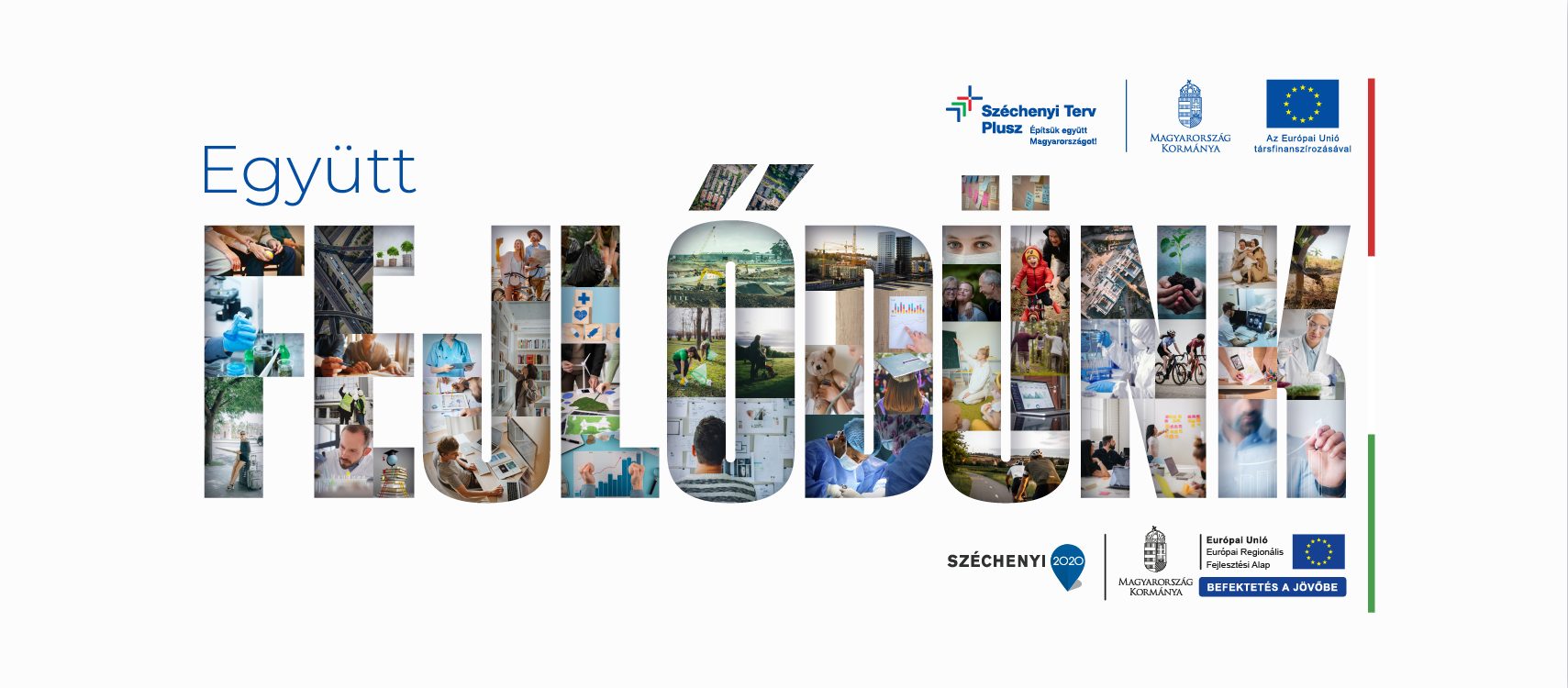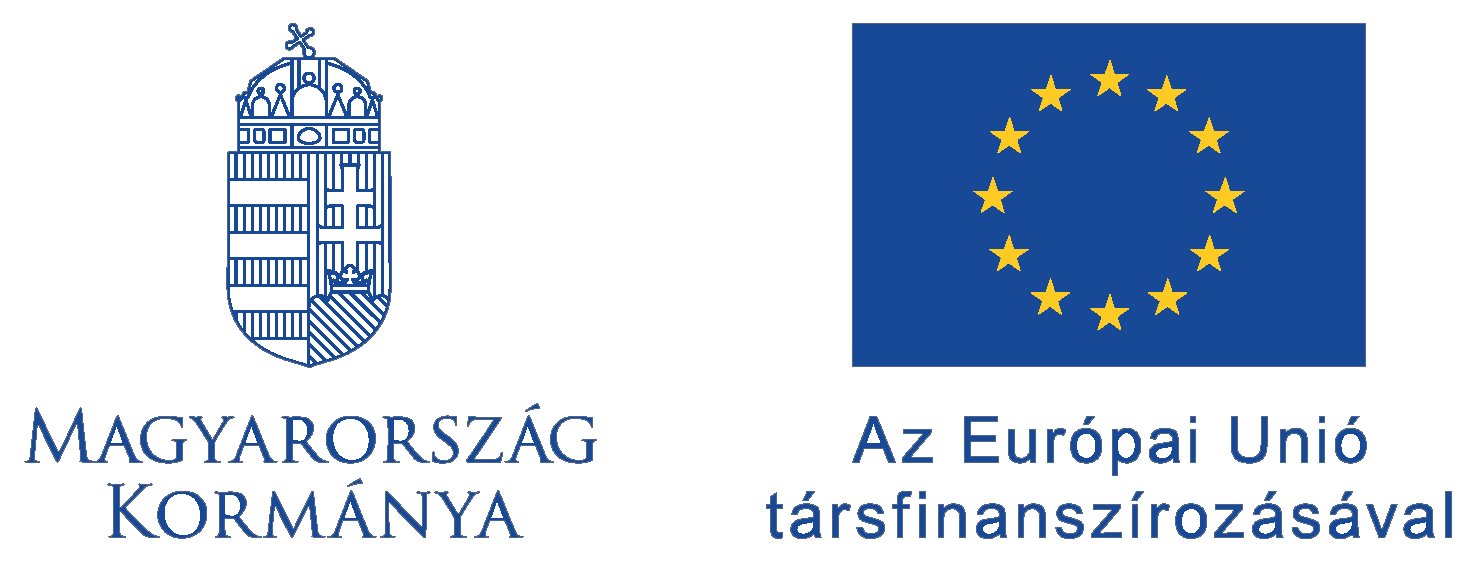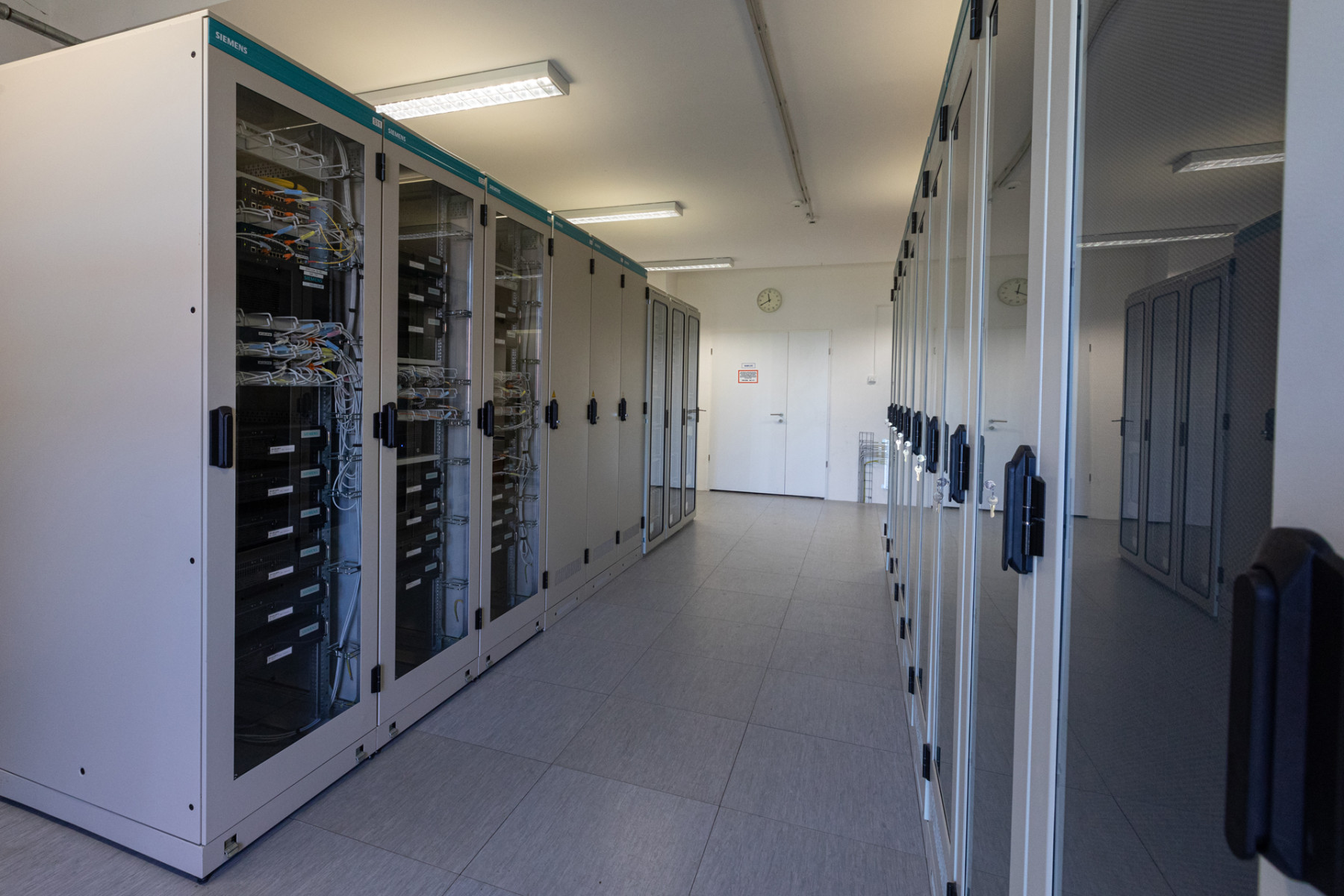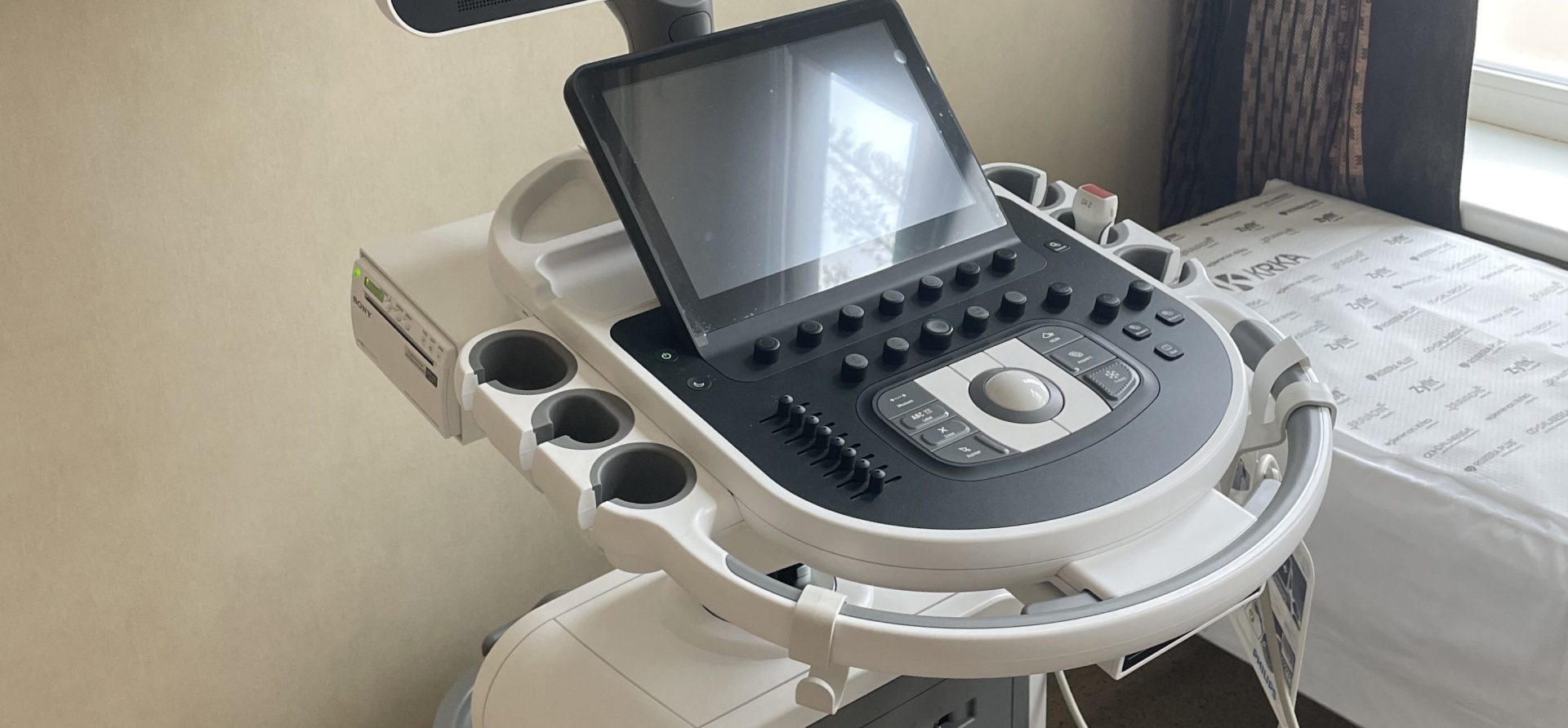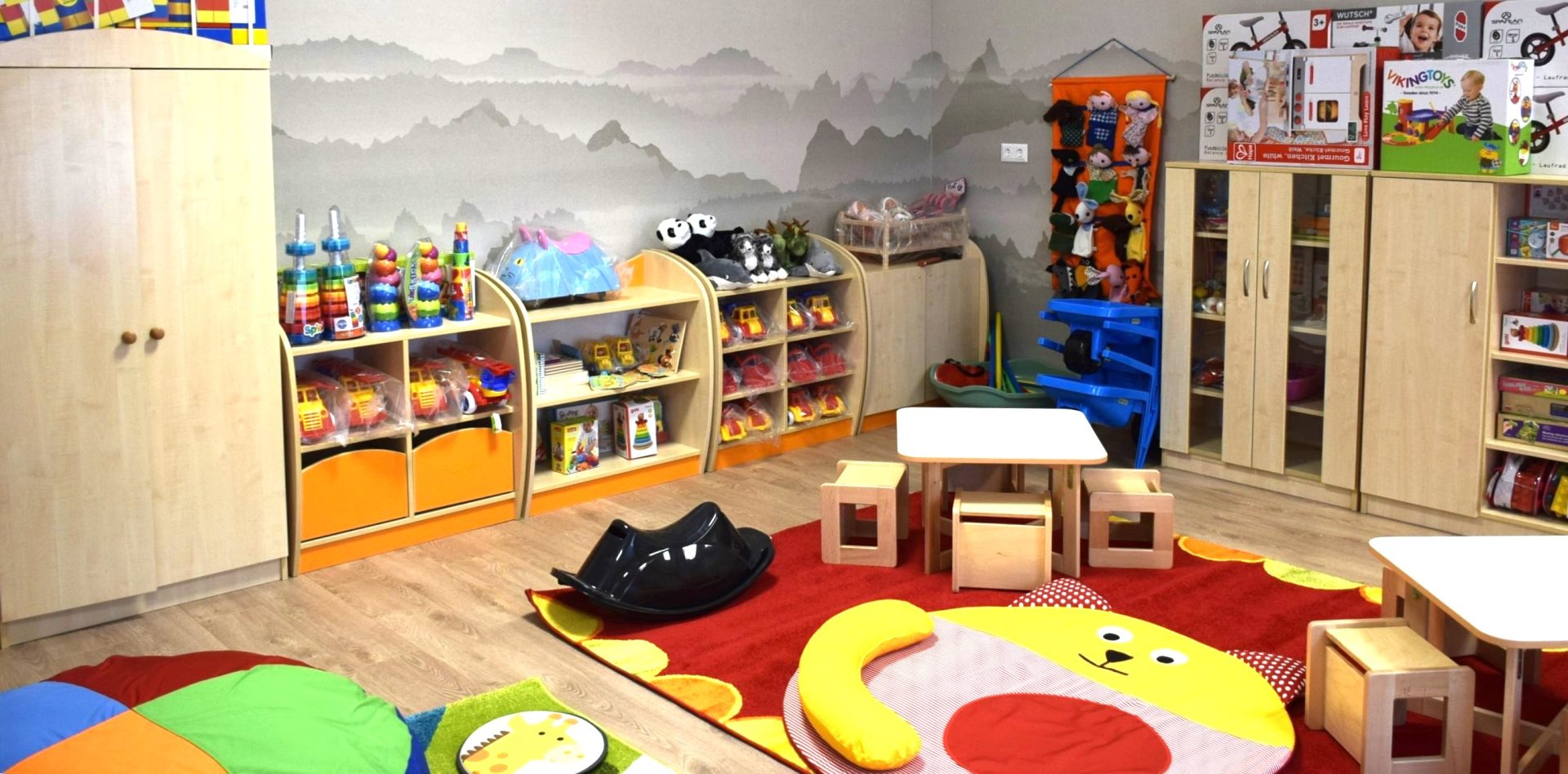Few people ever wander through the seemingly endless maze of tracks at Ferencváros Station—and even fewer do so often. Walking there is dangerous, with trains constantly passing by, and the surroundings offer little comfort: an intricate web of tracks stretching in all directions, dozens of rust-colored switches, flickering signal lights, and a peculiar atmosphere where the clatter of trains emerging from nowhere blends with the industrial silence of the city wedged around it.
Yet if we did step into this tangle of rails, we would soon find ourselves at the “C Junction.” It is a place most people have never heard of, yet in Hungary’s railway network, it holds a special significance: it is the terminus for several nationally important lines, including some reaching across Transdanubia. At first glance, it may seem like just a jumble of switches, but in the railway system, it is a vital hub that connects regions, passenger and freight traffic, and countless stories.
It is into this unique space that NIF Zrt. carried out a major development on the section between Budapest–Ferencváros “C Junction” and Székesfehérvár. Like many similar EU-funded projects, its goal was to improve the interoperability of Hungary’s TEN-T railway network, reduce bottlenecks, enhance transport safety, and provide a higher level of service for both passengers and international freight operators. These upgrades were not just about Hungary—they are essential for integrating the country into a unified European rail system.
Railway interoperability was at the heart of this project. Hungary’s network must be able to receive and run trains that travel across multiple countries within a unified system. A key part of this is the installation of ETCS Level 2—the European Train Control System—which uses modern digital tools for speed supervision and trackside communication, making rail travel safer and more reliable. A standardized European train control system is one of the most important foundations for the future of Europe’s railways. Interoperability enables faster international freight transport, shorter border delays, and eliminates the complex, country-specific technical requirements that once hindered competitive rail transport. In this way, the project fits perfectly into the EU vision of rail as the backbone of sustainable mobility.
Of course, this project did not happen in isolation. The track and signaling systems between Kelenföld and Székesfehérvár had already been modernized. This development added the missing link, enabling speeds of up to 160 km/h on suitable sections of the line. During construction, completed in 2021, technical components were installed to ensure the railway meets the requirements of the ERTMS D corridor, also known as RFC 6.
The ETCS Level 2 project between Ferencváros “C Junction” and Székesfehérvár carries symbolic weight as well: it marks a journey from the tangled rails of the past toward a future European railway system that is unified, fast, and safe.
The development was implemented from EU funding in the project IKOP-2.1.0-15-2016-00013 under the Integrated Transport Development Operational Programme.
Find out more about the project in the Project Finder: Details
